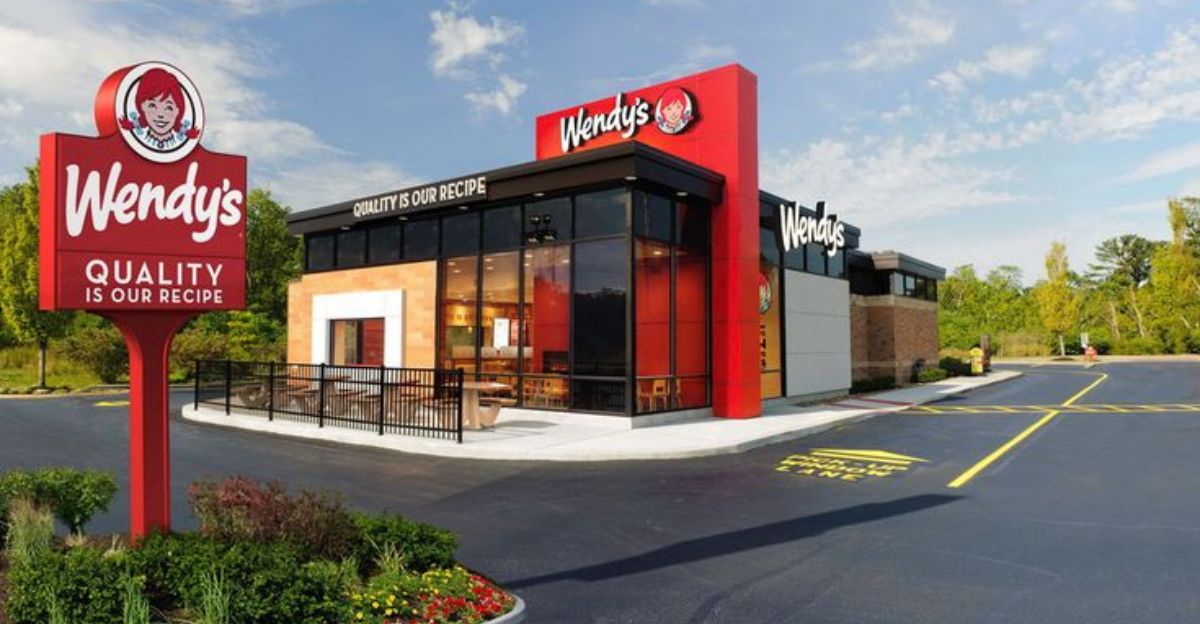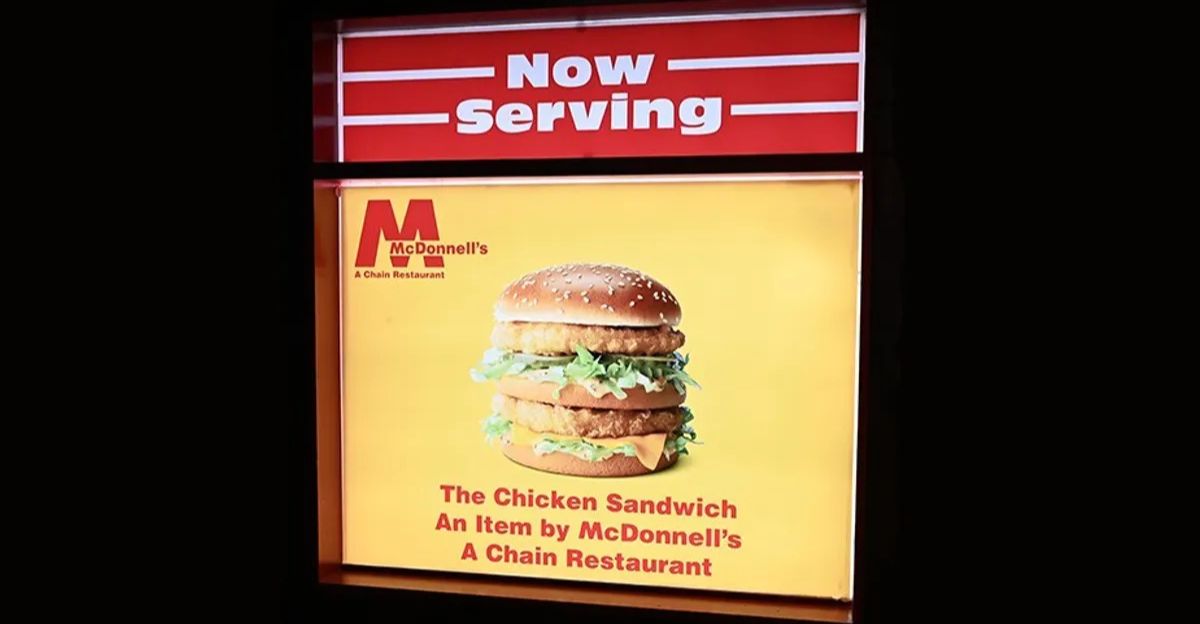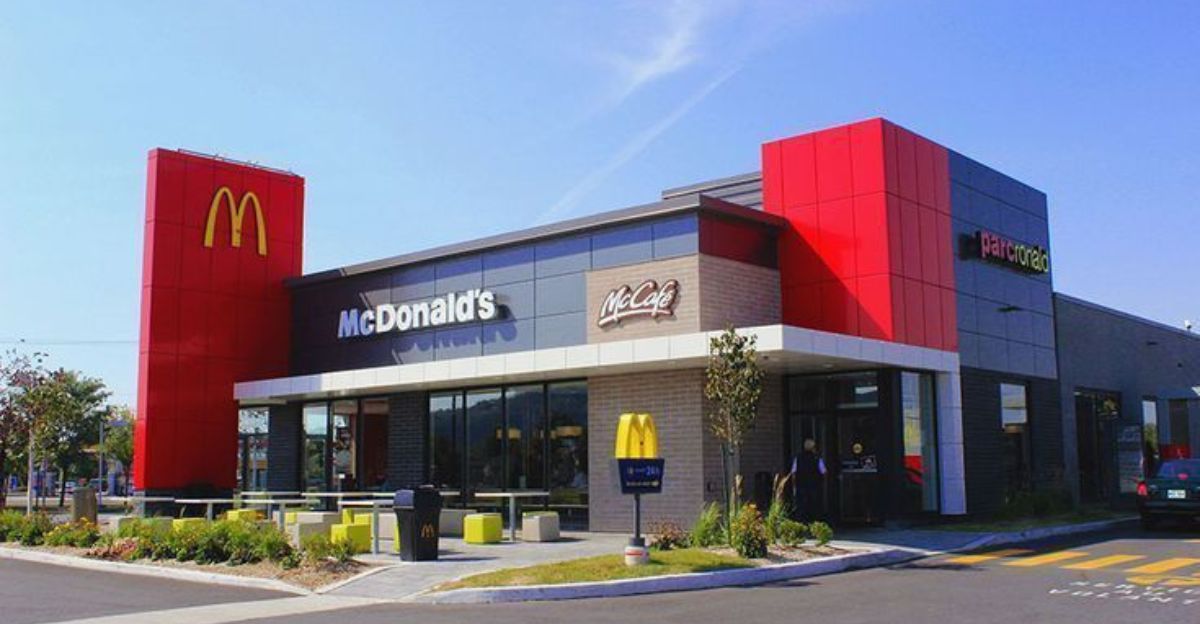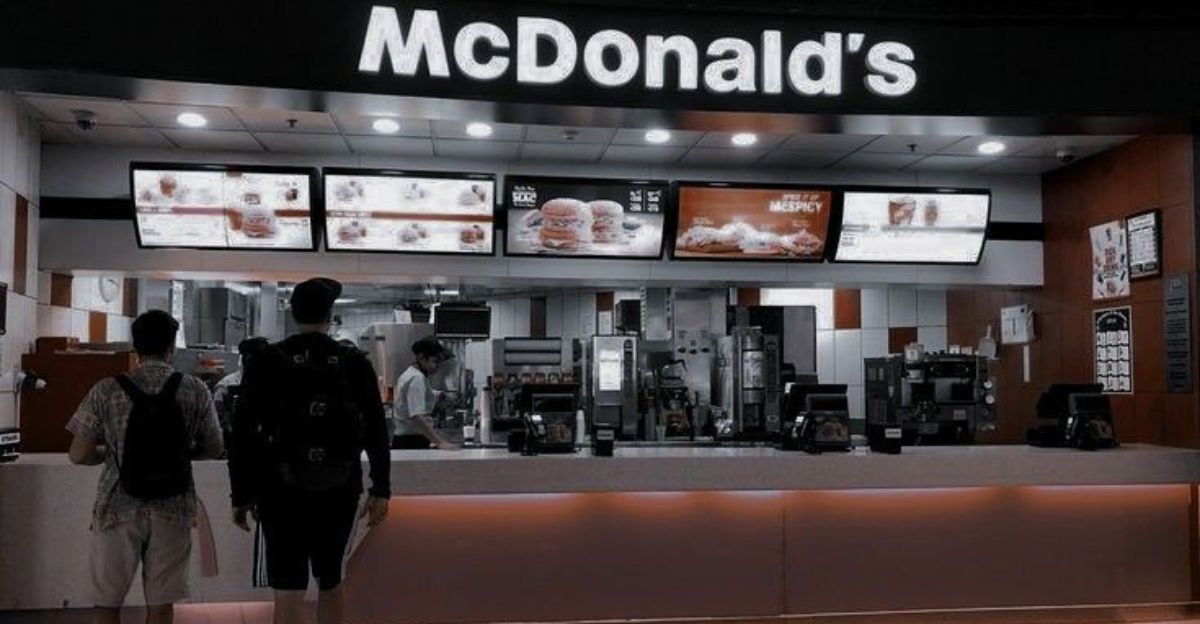
McDonald’s is confronting its most severe sales slump since the 2020 COVID pandemic peak, signaling a pivotal moment for the fast-food titan. In Q1 2025, the company experienced a 3.6% drop in U.S. same-store sales and a 1% decline globally, with overall revenue down 3%.
This downturn reflects broader economic and geopolitical pressures, including inflation, tariffs, and consumer uncertainty. These factors have converged to create a challenging environment, testing McDonald’s resilience and strategic agility in a fiercely competitive industry. After years of steady growth and market dominance, the slump marks a significant shift.
The Numbers Behind the Slump

In Q1 2025, McDonald’s U.S. same-store sales fell by 3.6%, the most significant decline since the early pandemic days in 2020. Globally, comparable sales dropped 1%, with consolidated revenues decreasing by 3% to $5.96 billion. This performance missed analyst expectations, which had forecast a modest rise.
The net income declined from $1.93 billion to $1.87 billion year-over-year. The sales drop was exacerbated by fewer customer visits, especially in major markets, reflecting cautious consumer spending and adverse weather impacts.
Economic Uncertainty and Consumer Behavior

Economic anxiety and inflation are prompting consumers to reduce discretionary spending, including dining out. Tariffs and rising prices have dampened consumer confidence, especially among low and middle-income groups that are more price sensitive.
CEO Chris Kempczinski noted that customers are “grappling with uncertainty,” leading to lower foot traffic and subdued sales. This cautious consumer behavior underscores the fragile economic environment and its direct impact on fast-food consumption patterns.
Impact of Tariffs and Inflation on Costs and Pricing

Tariffs imposed during the Trump administration have increased the cost of key ingredients, forcing McDonald’s to raise menu prices. These price hikes have met resistance from customers, particularly those in lower-income brackets, who are now more selective about spending on fast food.
Similar cost pressures are affecting other fast-food chains, intensifying competition. The dual challenge of rising input costs and constrained consumer budgets is squeezing margins and complicating pricing strategies across the industry.
Historical Context – Comparing to Past Crises

McDonald’s sales decline echoes past crises, such as the 8.7% drop during the 2020 COVID-19 peak and disruptions from the 2024 E. coli outbreak. Historically, McDonald’s has responded to downturns with aggressive promotions and menu innovations to regain customer interest.
These past experiences highlight the company’s capacity for adaptation, though the current economic landscape presents unique challenges. Lessons from previous recoveries inform McDonald’s ongoing strategies to stabilize sales and rebuild consumer trust.
Geographic Sales Variations and Global Performance

While U.S. sales have slumped, McDonald’s international markets show mixed results. Sales in Japan, Australia, and the Middle East have been relatively stronger, with global developmental licensed markets growing 3.5%. However, internationally operated markets also saw a 1% decline.
These geographic variations illustrate the complexity of balancing growth globally while managing significant domestic headwinds. The company’s global footprint provides some cushion but does not fully offset U.S. softness.
Industry-Wide Slowdown and Competitive Landscape

McDonald’s is not alone in facing sales declines; competitors like Wendy’s and Jack in the Box also report downturns amid economic uncertainty. The fast-food sector is experiencing an industry-wide slowdown as inflation and tariffs pressure costs and consumer spending.
McDonald’s remains confident in its ability to outperform rivals through brand strength and innovation, but market share shifts are possible as consumers become more selective and competitors adapt their strategies.
McDonald’s Strategic Responses and Innovations

McDonald’s promotes value through its $5 meal deal to counteract the slump and introduces new menu items like the Chicken Big Mac. Limited-time promotions and loyalty programs aim to attract price-conscious customers.
Management expresses confidence in navigating the downturn, leveraging the brand’s 70-year legacy of innovation. Despite the challenging economic backdrop, these efforts are designed to maintain customer engagement, drive traffic, and capture market share.
Contrarian Perspectives and Unconventional Views

Some analysts emphasize McDonald’s brand resilience and innovative capacity as key to long-term sustainability, arguing the company will weather economic pressures. Conversely, others warn that persistent inflation, tariffs, and evolving consumer habits could accelerate decline, potentially eroding McDonald’s market dominance.
Extreme scenarios speculate on whether worsening economic conditions might force structural changes within the company or industry, challenging the fast-food giant’s historic position.
How This Sales Slump Affects Americans Today

The sales slump impacts low- and middle-income Americans who rely on affordable fast food for convenience and budget-friendly meals. It reflects broader economic anxieties amid inflation and tariffs that constrain household spending.
McDonald’s serves as a cultural and economic bellwether, with its struggles signaling shifts in U.S. consumer confidence and dining trends. The downturn highlights the intersection of monetary policy, consumer behavior, and the food industry’s role in everyday American life.
Discover more trending stories and Follow us to keep inspiration flowing to your feed!

Craving more home and lifestyle inspiration? Hit Follow to keep the creativity flowing, and let us know your thoughts in the comments below!
